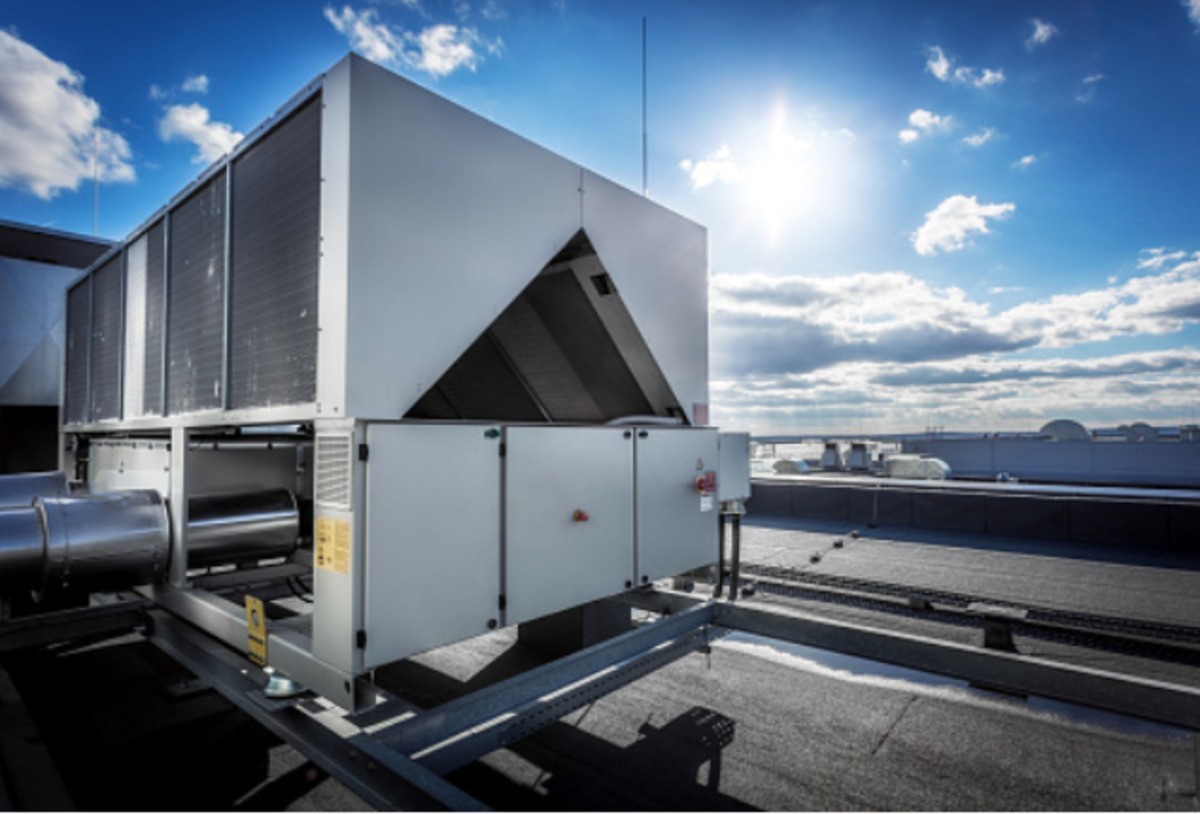Designing and building commercial structures with passive solar heating and cooling systems

Planning a commercial building's design is a challenging task as this involves all the aspects that revolve around the finished product, which is the building. One of the many aspects is the temperature inside the commercial building.
A single commercial building will have many aspects that still vary depending on the service it will provide to its customers or clients. Here are some of the elements that come in planning the commercial building construction project:
-
Determining the right portion of land
-
Planning the budget
-
Securing all the permits related to the construction project
-
Recruiting the right construction company for the job
-
Procuring the proper materials and construction equipment
-
Scheduling
The passive solar design is a great way to provide and handle the temperature inside the commercial building. This effective system controls the temperature inside an establishment, giving comfort to the people inside the building. Installing or fixing the temperature is tricky, so getting handy devices such as a roof access hatch is necessary to make the job easier and faster.
Passive solar design on commercial buildings
The passive solar design is where the components of the building, such as; the wall, windows, and the floor, help to collect, store, reflect, and distribute the heat inside the commercial building, therefore affecting the temperature inside. This type of design is perfect for commercial buildings as it usually contains many inhabitants who can experience the benefits of such creative and excellent methods. The passive solar design comes with two concepts; the passive solar design and the passive cooling design.
Three buildings worldwide applied the passive solar design:
-
The Office building at the Building Research Establishment, England
-
The Energon passive office building in Ulm, Germany
-
The Solar XXI building in Lisbon, Portugal
Before going to detail about passive solar and cooling designs, here are some factors explaining what passive solar design mostly does:
-
Distribution: This is a method where solar energy will circulate from different areas of any room in the building. The devices mainly used for the distribution of heat are; ducts, blowers, and fans.
-
Absorber: This is where the building components absorb solar energy or sunlight. Absorbing sunlight is possible with darkened surfaces such as the wall or the floor.
-
Thermal Mass: Some materials store and release heat from the sunlight. The thermal mass is behind the absorbers installed in the building.
-
Aperture/Collector: An Aperture design involves installing a large glass area through which sunlight enters the commercial building. These apertures are complex as you must keep it from getting shaded by other establishments near you and position it within thirty degrees of true south.
-
Control: These are devices that control the temperature inside the building. The machines are; operable vents, dampers, blinds, an awning, and a differential thermostat.
Passive solar heating
Passive solar heating systems focus on providing heat to the building when there is no heat or sunlight exposure or during nighttime. The way to do this is by the components in the building and where you position these components. This method releases heat in the building while maintaining a comfortable temperature for everyone in the room. The two essential elements in this setting are a south-facing glass thermal mass that absorbs, store, and distribute the collected sunlight.
Passive solar cooling
Passive solar cooling is almost the same as passive solar heating, the difference being that the former reduces or removes the sun's unwanted heat during daylight hours and then later stores night air into moderate temperatures that everyone in the building can enjoy. This system's main components or methods are shading natural ventilation and thermal mass.
Final thoughts
Applying passive solar or cooling design systems in a commercial building is the perfect match. Temperature is essential to any establishment as it affects all inhabitants in many ways, such as health and comfort. If you are to decide on the temperature scheme for the commercial building, the passive solar design is an excellent way to start.



